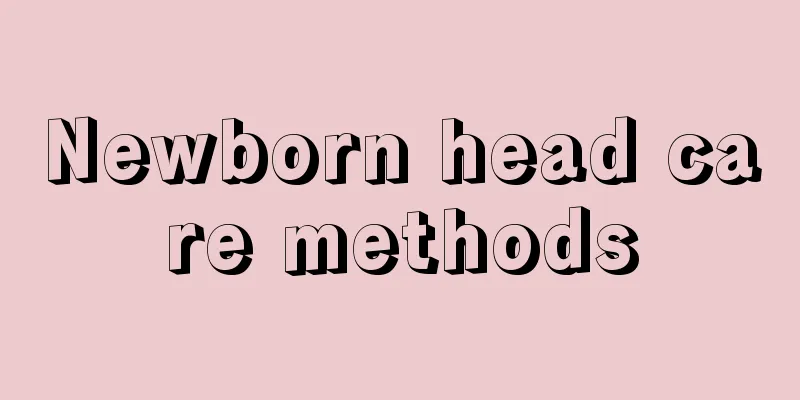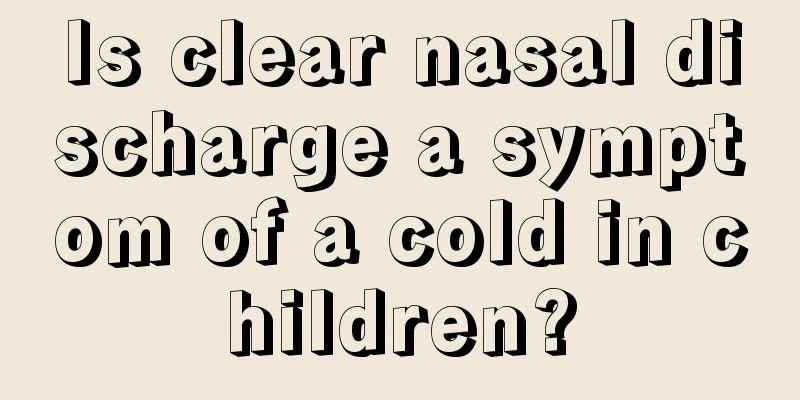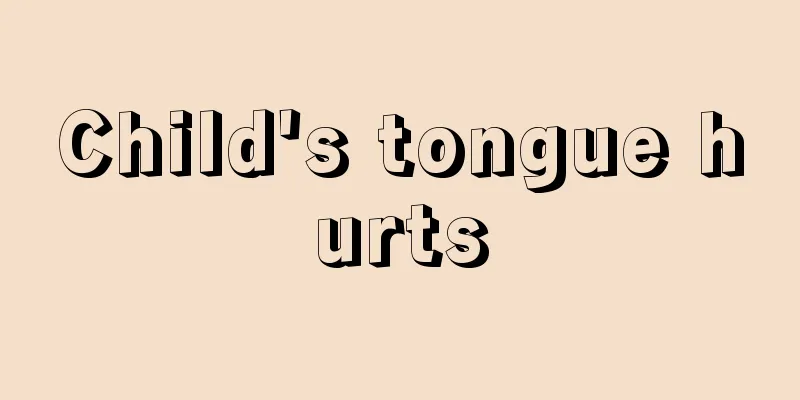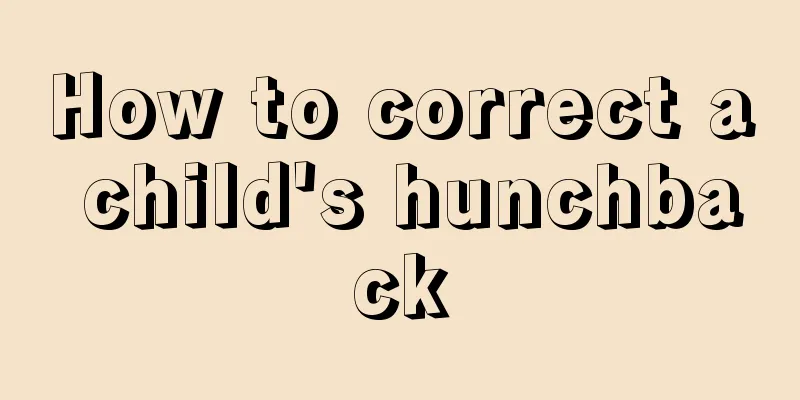Newborn head care methods

|
There are more and more problems with newborn heads nowadays, and the incidence of this disease is getting higher and higher. We may have heard of baby head problems, but many people may not have a detailed understanding of this, but baby head problems have also caused great trouble to many parents. Every parent hopes that their children will thrive and be healthy. Many people are also looking for how to better care for our baby's head. Let us introduce the specific methods of newborn head care below. Care methods: 1. Thinning hair Many babies have slow-growing hair or almost no hair; some babies have sparse, thin and soft hair. Some babies even have a circle of hair lost on the protruding bone at the back of their heads. Is there something wrong with the baby? Is he lacking any nutrition? Seeing the baby like this, a series of questions begin to bother the new parents. In fact, parents don’t need to worry too much, these phenomena are normal most of the time. The amount of hair a baby has is related to the degree of shedding of the lanugo at birth. If hair shedding is less, your baby's hair will appear thicker at birth and will appear to grow more slowly. Newborn babies are in the period of replacing their fetal hair, so it is normal for their hair to grow slowly because there is more friction between the back of the head and the pillow. 2. Yellow hair and split ends The color of your baby's hair is related to many factors. The lanugo that hasn't fallen off completely looks yellower. If you touch your hair and it turns yellow, it will also affect your baby. In addition, hair dryers can also cause your baby's hair to turn yellow and split. The baby's hair is fragile and cannot withstand the strong stimulation of a hair dryer. If you often use a hair dryer to blow your baby's hair, it will easily make the baby's hair turn yellow, dry and split. Therefore, after washing the baby's hair, it is best for the mother to dry the baby's hair with a soft, dry towel instead of using a hair dryer. 3. Premature graying of hair Premature graying of hair is a hair disease that babies are very prone to. Generally, there are two types: one is congenital premature graying of hair, that is, hereditary premature graying of hair, and the other is acquired premature graying of hair, which is caused by certain physiological diseases. Premature graying of hair in babies is mostly caused by genetic factors. 4. Swelling on the top of the head Some babies will develop a bump on the left or right side of their head soon after birth. It feels soft to the touch, does not make the baby cry when pressed, and does not seem to be painful, but it does not disappear and will slowly harden, finally forming a "horn" shaped protrusion, which many new fathers and mothers cannot forget. This is actually just a scalp hematoma, which is caused by excessive squeezing and friction between the fetal head and the pelvis during delivery, or by a minor surgery such as midwifery, which causes the periosteum to rupture, causing the subperiosteal blood vessels to rupture and blood to form under the periosteum. When the amount of blood in the tumor reaches a certain level and the blood vessels are compressed to stop the bleeding naturally, the hematoma will no longer continue to grow. The hematoma will then be absorbed and calcified. After about 2 to 3 months (some babies' hematomas may last longer, even for several months), the lump will become smaller and harder, and finally become a bulge like a "horn". Once this point is reached, the hematoma is essentially healed. Parents don't need to worry too much about this. The above content introduces us to the head care methods for newborns. I believe that the above content will be helpful to everyone. The above methods are proven and very effective methods. If our children also have problems with their heads, you might as well try the methods introduced above! |
<<: What does Pediatric Endocrinology examine?
>>: Treatment of low hemoglobin in children
Recommend
Children's over-flowering is a symptom
In general, roseola infantum is the first time a ...
The child has a lot of lumps on his buttocks
The child's buttocks should be cleaned every ...
Is it better to use nebulizer or take medicine for children's cough?
Children's colds and fevers are very harmful ...
Children's waist erythema
There are many reasons for the appearance of eryt...
What should I do if my child's tonsils are enlarged to the third degree?
Because children have relatively low resistance, ...
What should I do if my six-year-old child has recurring fever?
Fever is a very common disease for us. Because it...
What to do if a child has acute gastroenteritis and vomits
Children's stomachs are relatively weak. Once...
Is glaucoma in children easy to treat?
Glaucoma is quite harmful to the body and is a co...
What causes children's loss of appetite?
As parents, we are most concerned about the devel...
What to do if children have toothache
Children's teeth are relatively fragile. If t...
What should I do if my child has a fever of 42 degrees?
Generally speaking, a fever above 38 degrees is c...
What should I do if my child coughs and has yellow phlegm?
Children's cough and yellow phlegm are mainly...
Treatment options for sinusitis in children
I believe many people have heard of the disease c...
What should children pay attention to when growing beans?
I believe that many people have experienced chick...
What to do if your nine-month-old baby has bad breath
Not only adults can suffer from bad breath, but c...









